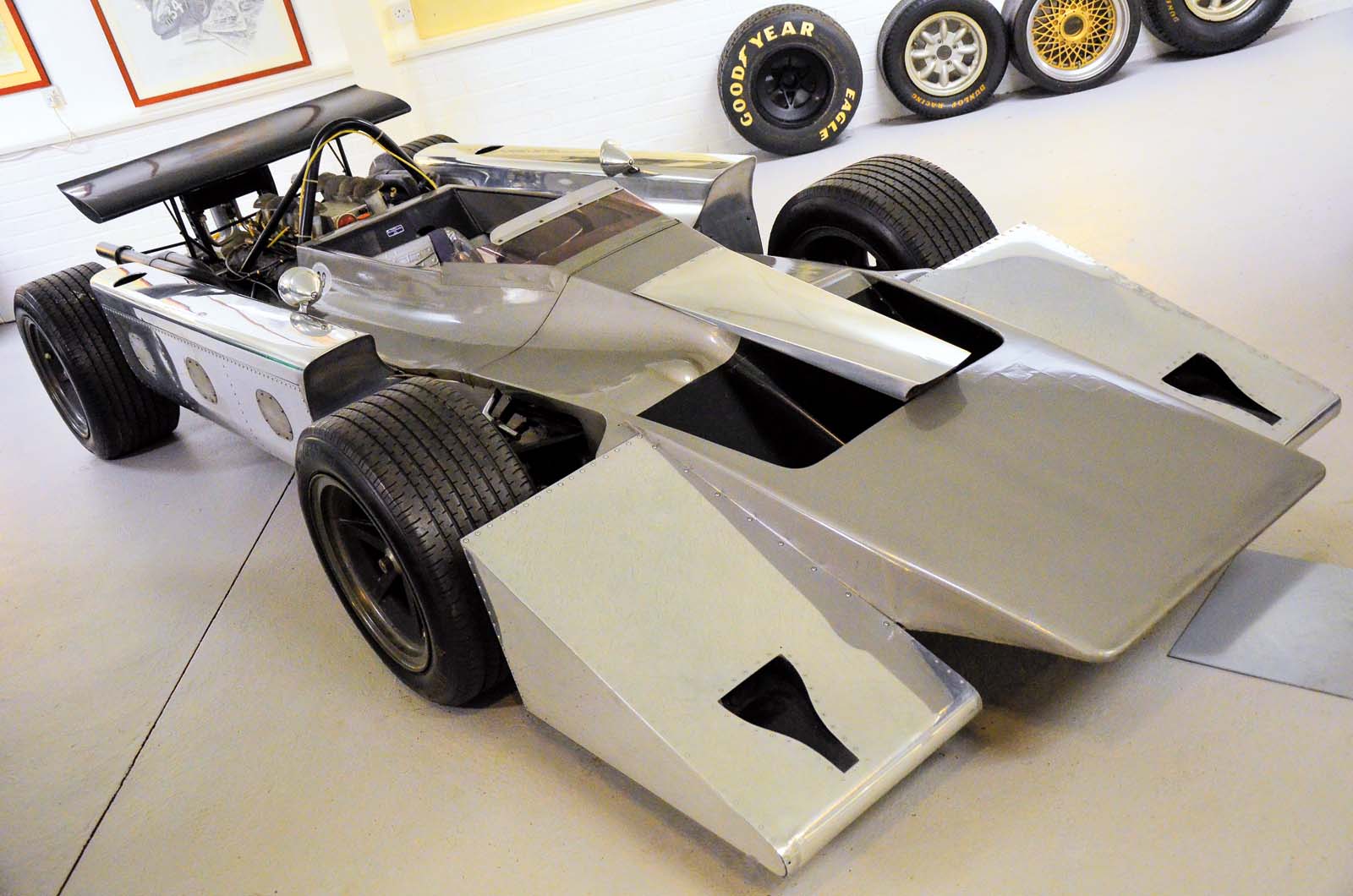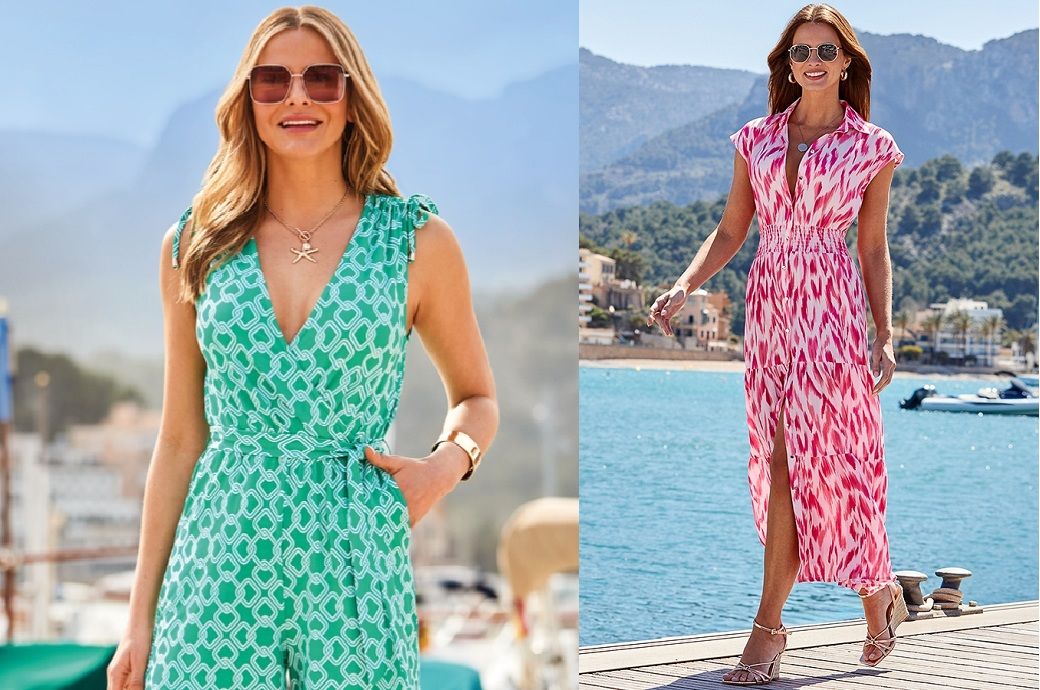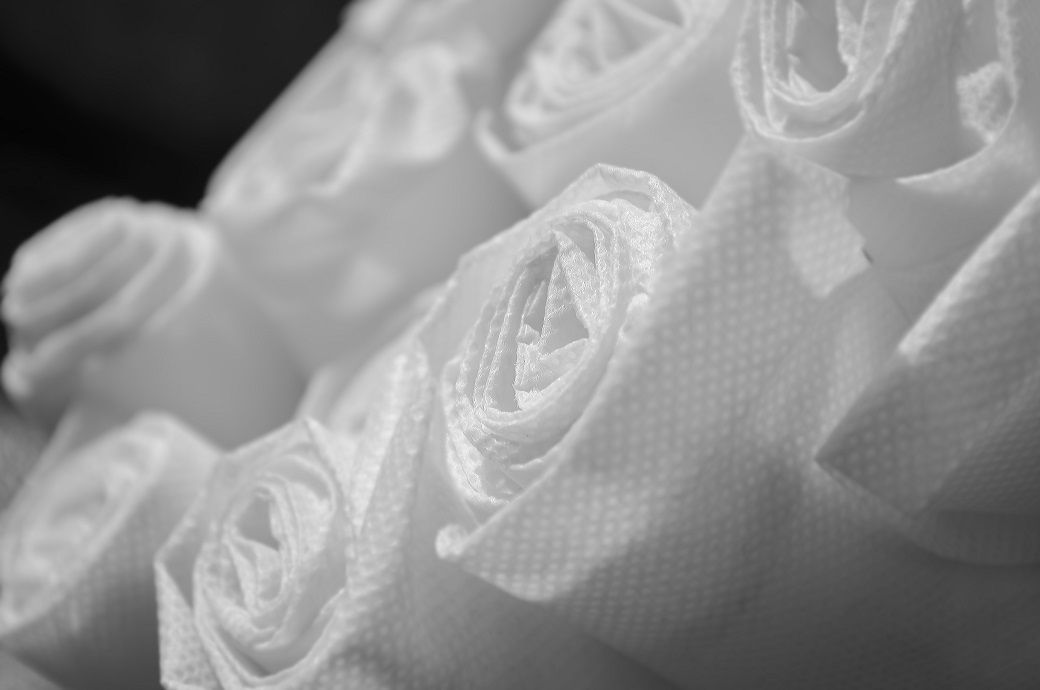The Tiny Wine Glasses Taking Over Wine Bars
At scene-y wine bars across the country, the revival of a 1970s-era tasting glass—a short, tulip-shaped vessel—is underway. Here’s why. [...] Read More... The post The Tiny Wine Glasses Taking Over Wine Bars appeared first on Wine Enthusiast.
In 1970, the Institut National des Appellations d’Origine (INAO)—the French government agency created to designate and regulate Appellation d’Origine Contrôlée (AOC) wines—selected its official glass.
It was a far cry from the big, swirl-friendly bowls, highly calibrated curves and flares you might see at a tasting today. The glass stood at just over six inches tall, with a short stem and a small tulip-shaped bowl—about 1.8 inches in diameter at the rim with a total volume of seven ounces. The same specs were adopted by the International Standards Organization (ISO) not long after.
Fifty-plus years later, casual wine drinkers in the United States might not know the industry terminology for what came to be known as the INAO or ISO glass. But recently, you may have seen one out in the wild.
These tasting glasses and similarly shaped cousins are increasingly de rigueur for cool new small wine bars and restaurants with convention-bucking wine lists in places like New York City (Frog, Le Dive) and Oakland (Snail Bar, Friends and Family) in California. They’re also found in other culinary capitals across North America, from Hugo in Mexico City to Agua de Mar in the Yucatán city of Mérida to Tinc Set in Montreal.

From France to Your Wine Bar
Though the exact pathways of its spread are hard to trace definitively, it’s no surprise that these glasses are commonplace in the city of the INAO headquarters, which—surprise, surprise—is a city chock-full of influential wine bars.
“I’ve encountered this preference for a smaller glass at a few of my favorite restaurants and bars around Paris,” says Sara McCall, wine director and front-of-house manager at Chicago’s Cellar Door Provisions. She cites places like Verre Volé, which helped bring natural wine to the masses when it opened in 2000.
At Cellar Door, McCall uses an INAO glass from Ravenscroft Crystal for digestivi and smaller servings of wine. Larger pours go into the Orcy 26cl glass—still compact, but with a longer stem and a slightly fuller bowl.
“There is a kind of elegance to a humble and practical glass,” which can work for a large range of wines, McCall says, “without being too fussy or precious.”
Matt Diaz, co-owner of Bar Birba in Brooklyn, is also a fan. He uses ISO tasting glasses from Luigi Bormioli.

“I chose them because they are very convenient to use while also specifically designed for tasting wine,” he explains. “A larger center and medium-sized opening allows for the wine to aerate in the glass and concentrates the aroma at the opening.”
Diaz describes the glasses as a “very practical choice for a wine bar that does a decent amount of volume.” It’s easy to store, relatively inexpensive, durable but “fine enough to not feel clunky,” and, thanks to the shorter stem, less likely to be knocked over.







































































































































































